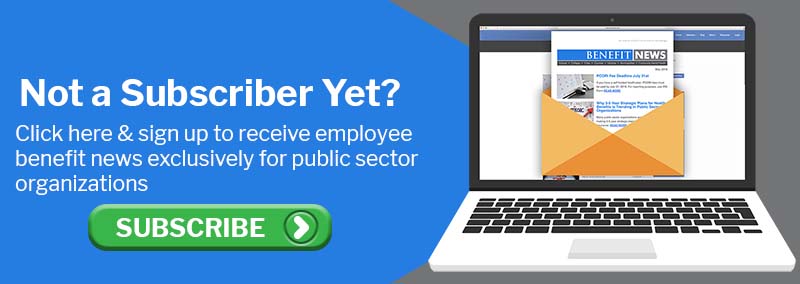3 minute read
Many employees need help with open enrollment, but this can especially be true with younger workers. They typically have less experience choosing benefits than their older workforce counterparts. According to MetLife, 26% of Generation Z employees are insecure about making benefit decisions.When young employees are educated about open enrollment and their benefits, they are more satisfied with their benefits packages, make better financial decisions, and are more likely to recommend the organization to other people. There are several strategies to educate young employees and help them navigate open enrollment.
Educating Young Employees
Clear communication is important to ensure that employees understand the open enrollment process and the benefits they can elect. Here are some strategies for educating young employees about open enrollment:
- Prioritize Internal Communications. Younger employees may be unfamiliar with the open enrollment process. When communicating about the process, make sure to include open enrollment start and end dates and what happens if you fail to enroll on time. These items should be communicated through a variety of channels including emails, meetings, videos, and flyers.
- Variety of Communication. It’s important to use a variety of communication methos to help educate employees. Make sure young employees are comfortable about open enrollment and feel that they can ask questions. These employees can also be encouraged to talk to their more experienced coworkers, friends, and family about their benefit plans.
- Provide Educational Resources. For employees to make informed benefit decisions during open enrollment, they need the resources to do so. For younger workers digital resources are often used such as social media posts, articles, videos, and online webinars.
- Explain Benefit Options. During open enrollment, many people focus on selecting their health insurance plan but don't thoroughly investigate other voluntary benefit offerings. Employers should provide benefit information about all benefit choices including pet insurance, student loan repayment assistance, and the employee assistance programs, so young employees don't skip electing something they might need.
- Cater to Employees’ Needs. When it comes to benefit needs, younger workers will need different benefits then the older generations. Understanding their wants and needs will help employers educate them on the benefits they care about.
- Encourage Younger Employees to Take Their Time. Provide ample time for all employees to research and select their benefits. Younger employees may rush through the open enrollment process feeling stressed or unsure of what to choose Encourage them to ask questions if they need help.
- Communicate Year Round. Although benefit communication during open enrollment is important, communication about benefits should happen year-round. Employers should provide employees with the resources they need to understand and maximize their benefits all year round, highlighting the direct financial impact benefits decisions can have on employees. This can help young workers understand the importance of open enrollment and make informed benefit decisions when the time comes.
Conclusion
Younger workers may feel the stress of selecting benefits during open enrollment periods. Employers can use the open enrollment as an opportunity to increase communication and trust with younger workers by educating them on the process and their benefit choices. This may increase younger workers satisfaction with their benefits packages and jobs, improving employers’ employee attraction and retention, and ultimately their bottom lines. Download the bulletin for more details.

